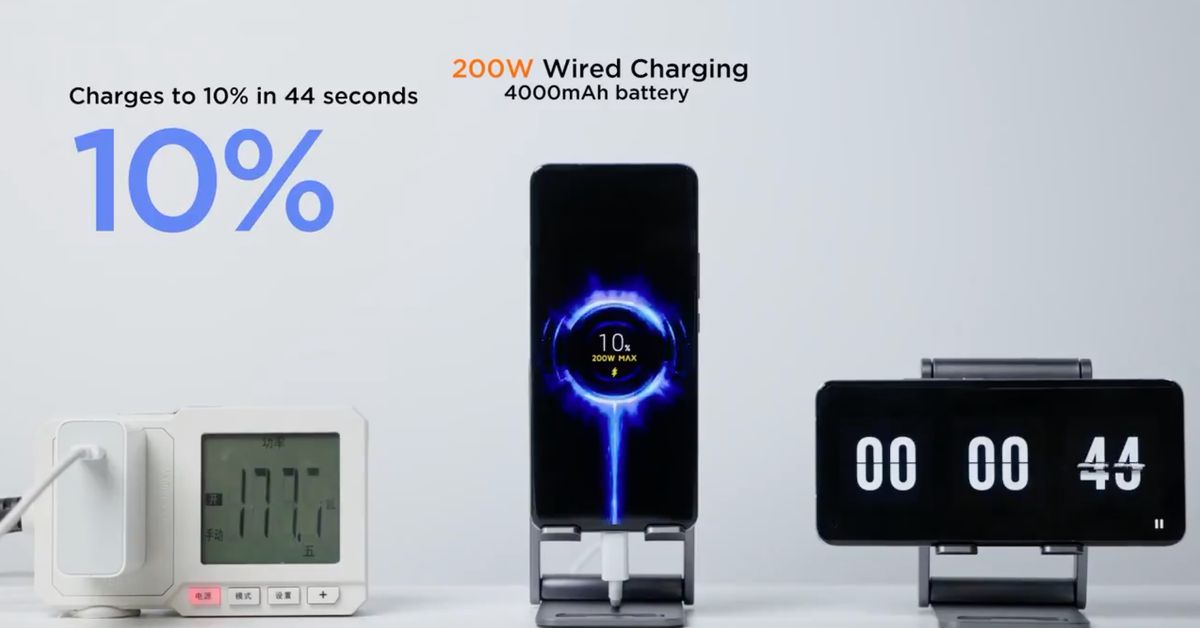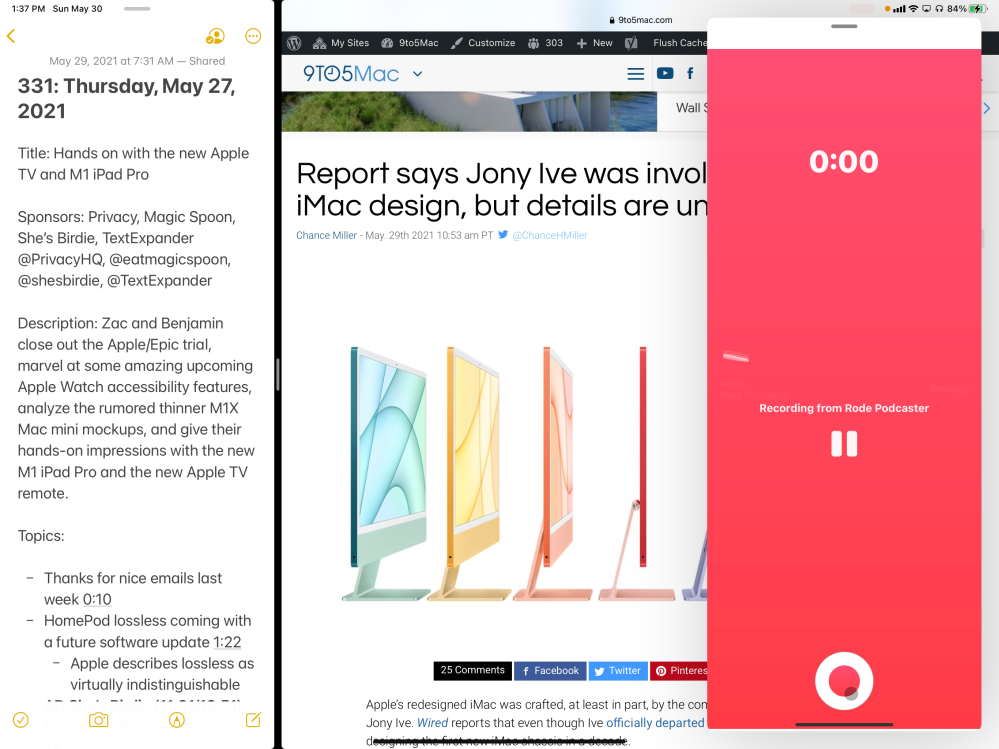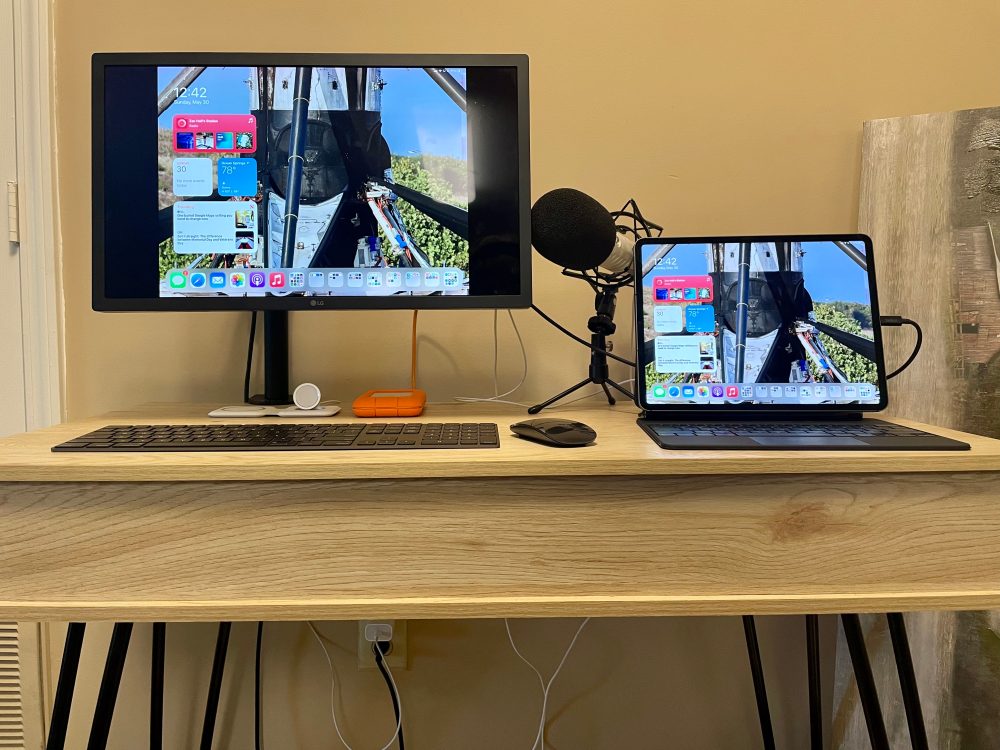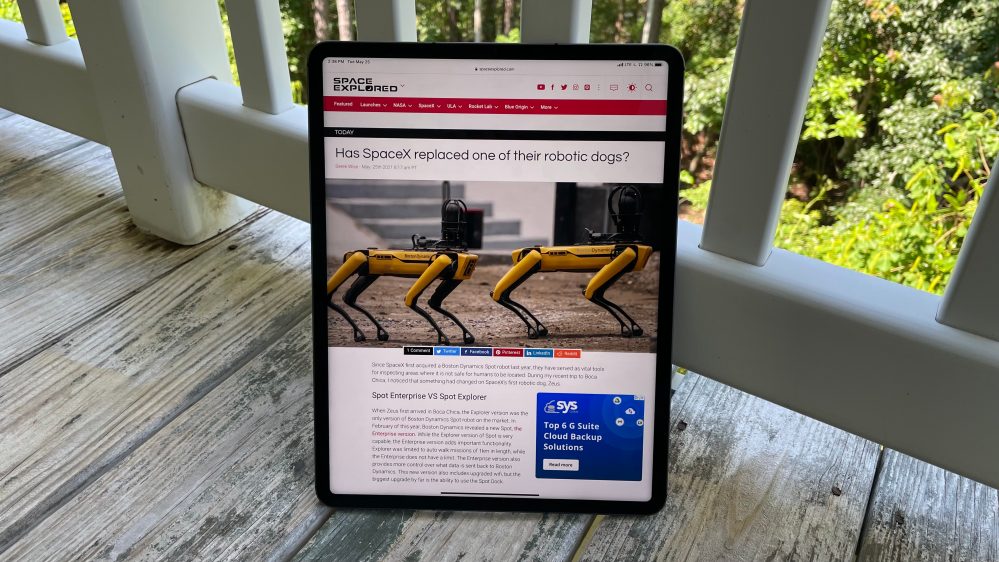The Daily Beast
Delil Souleiman/GettyAL-HASAKAH, Syria—When former President Donald Trump said U.S. troops would remain in Syria to “keep the oil” at the end of 2019, the Pentagon scrambled to deny it.American forces only stayed in Syria to comprehensively defeat ISIS, a spokesman explained; any military presence around the oil fields was purely part of the mission to overcome the so-called Islamic State.Two years later, the remnants of ISIS are diminished, but American troops are still on the ground, still helping to protect that oil.The official stance of the White House, the State Department and the Global Coalition to Defeat the Islamic State of Iraq and Syria was then—and remains now—that keeping the oil is not the reason American men and women are still stationed in one of the world’s most treacherous conflicts. U.S. forces and the coalition more broadly “does not provide assistance to any private companies, employees or agents in seeking to develop oil resources NE Syria,” a spokesperson said in March.But that is not the full story.The U.S. had come up with a simple if morally and legally dubious plan: help America’s Kurdish partners profit from local oil by keeping it out of the hands of the Assad regime or Islamist militias, and then helping to refine and sell it. These oil fields in the northeast were once part of the network from which ISIS drew a reported $1.5 million in daily revenue.The U.S. Soldiers Spending Thanksgiving Guarding Oil in SyriaAfter decades of claims that American administrations only cared about the Middle East because of its oil, officials knew the U.S. Army could not be seen to seize control of oil fields on Syrian territory and dictate who would profit from their riches. Several former and current U.S. officials told The Daily Beast that the United States sought to obscure the plan—despite what Trump said—even though it was the oil strategy justifying a continued U.S. footprint in the country’s northeast.If the U.S. couldn’t pull this off officially in public, they were going to need some help. Delta Crescent Energy, LLC., a company incorporated in 2019, was about to assume a central—and largely secret—role in American foreign policy.U.S. officials believed the tiny company from Delaware with offices in Texas could become the American equivalent of Russia’s powerful, private mercenary army, the Wagner Group, which is linked to President Putin ally Yevgeny Prigozhin who has been sanctioned by the U.S. Wagner is notorious for intervening in areas where it might be politically advantageous to avoid official fingerprints. U.S. officials saw this newly established company as “the Wagner Group used for good, not evil”—in the words of one senior Biden administration official who, like the more than a dozen former and current U.S. administration officials and officials in northeast Syria and northern Iraq, requested anonymity in order to discuss matters of national security. The Daily Beast also exclusively reviewed Delta’s company license and its contract with a local oil partner.A plan to stay and protect Syrian oil had been in the works months before Trump’s boast in October 2019. But American companies and individuals were prohibited by an Executive Order from the Treasury Department from operating in Syria due to sanctions on the regime of Syrian President Bashar al-Assad.On April 8, 2020, Delta Crescent, was granted a one-year sanctions waiver in order to “advise and assist” a local oil company in northeast Syria, an area known locally as Rojava and controlled by the Kurdish-led and American-backed Syrian Democratic Forces (SDF).A former State Department official who requested anonymity to discuss internal deliberations, told The Daily Beast that U.S. officials had decided oil produced in northeast Syria did not really belong to Assad, who claims he was reelected president with 95 percent of the vote last week, because oil belongs to the people not the government.For every barrel the company helped export outside Syria, it would receive $1, according to the production-sharing agreement and the company’s application to the Treasury Department’s Office of Foreign Assets Control (OFAC).The company who took on this enterprise was established by the former U.S. Ambassador to Denmark James P. Cain, a retired Delta Force officer Jim Reese, and John Dorrier, a former oil executive, at least two of whom donated to Republican party candidates. These three private American citizens suddenly had a huge role to play in one of the U.S.’s thorniest foreign policy challenges; how to set up a peaceful and prosperous Kurdish bulwark against Assad.“This is the shift we didn’t make in Iraq in 2003,” a senior U.S. official said. “We didn’t backfill and if we don’t get that right we’ll get the same exact result. If we don’t work the commercial and economic angle, we’re going to lose this battle.”That is a lot of responsibility on the shoulders of these three men.The lofty ambitions of Delta Crescent came to an abrupt end as the Biden administration decided on Friday not to extend the license for Delta Crescent’s work in Syria. Delta Crescent, officials told me, was the de facto plan for the U.S. in Syria. Now it’s unclear whether there is a plan at all—the decision to revoke the company’s license may give Russian oil and gas companies the chance to move in. So, what went wrong?On the GroundOn the road between Rmelan and the nearby city of Qamishli there are imperfect and patched together oil refineries scattered among villages. Plumes of smoke rise in all directions, curling skyward in the region of Syria that boasts three-quarters of the country’s oil reserves.There are black, damp puddles on the ground around us. Workers lean against motorcycles weighted by canisters containing the product direct from the refineries.Rmelan is a town dominated by oil and where Delta maintained offices and ten employees. There are new housing developments under construction which would house future oil workers near existing dormitories and offices on the outskirts of a series of oil fields operated by Delta Crescent’s local partner, the Jazeera Oil Company.The first time I spoke with the founders about their progress, in late-February, they had just smuggled oil samples out of Syria as testing capabilities were lacking in the country. I traveled to Rojava in early March to find out how much further they had got.The vision for Delta Crescent to help local partners become financially independent, and to wrest control of the country’s oil sector from Assad, was going to be “a bellwether that would help our national security objectives,” a former U.S. official who worked in the region told The Daily Beast. Maher Joumaa Howair, Ahmad Abu Mohamad, and an unidentified oil refinery worker. Kenneth R. Rosen During a windswept and cool day one week in March, a group of men were waiting at the refineries for the latest truckloads of crude, which came around two in the afternoon. They were making light repairs to engines and smoking cigarettes near the refineries through which they processed 22 tons each day. Asked about the growth of production rates over the last year, Maher Howair said there was no sign of improvement at all. “It has been the same,” he said. No fewer or more trucks have come through. No expansion or retraction of the local industry. Their thirty hours of work here each week still consistently yield each man $11 a month.Delta Crescent staff were clearly itching to get to the next step. They said they were on the verge of finalizing contracts with exporters and said the company was waiting for a license to import digital oil well monitors which would arrive in Rojava in mid-April.The founders hoped that trucks with local crude, exported through contracts they negotiated would soon cross into the Kurdistan region of northern Iraq. They had already planned celebrations in Erbil, the capital of Iraqi Kurdistan, once the trucks started moving. Dorrier told the Associated Press that the company had secured about $2 billion in contracts to sell Rojava oil to international buyers, but regional oil industry executives told The Daily Beast that was unlikely.American officials had waged a public relations campaign to say U.S. forces were not there for the oil. But roughly 900 troops remain in Syria today to ensure the “enduring defeat of ISIS and Al-Qaeda, an irreversible political solution to the Syrian conflict... and the removal of all Iranian-supported forces,” a State Department spokesperson told The Daily Beast. They also have directions to defend their position, which so happened to include the operations of Delta Crescent.A former senior U.S. military official who worked in the region told The Daily Beast that the U.S. actively trained a force within the SDF for the task of protecting the fields where Delta Crescent operated. The “Critical Petroleum Infrastructure” team—as it is known to U.S. military officials—is composed of 200 fighters from the SDF. They now conduct joint patrols with U.S. forces who visit oil facilities three to five times a week to “assess … defenses,” according to the latest report from the DoD’s Lead Inspector General.This military support had led to reestablishing some confidence between the U.S. and the SDF after Trump’s shock 2019 withdrawal which led to more than 100 deaths during a Turkish invasion. The support has also allowed the Kurds to edge toward financial self-sustainment and furthering its capabilities to defend its territory by providing additional security which gave rise to a political apparatus and a stronger internal military. But it has not helped to sever Rojava’s reliance on the regime by introducing new revenue streams.Two of the Delta Crescent founders who spoke to The Daily Beast felt they were making progress, but said the U.S. Government had not backed them by pressuring regional leaders in neighboring countries to work with them.“There was then, and continues to be, a robust trade in non-sanctioned oil across Syria’s borders, but the people of the region have not been getting a fair market price for their oil, because it has not been ‘legal,’” Cain said.Trump Announces New Syria Plan: Blood for OilThe illegal trade was still booming when I arrived and underscores how arm’s length U.S. support for Delta Crescent made the company’s mission to “advise and assist” impossible. The State Department had high hopes to establish a “low level free movement of goods and people,” a former official told me, but failed to go all-in. There was also talk of helping with mobile oil refineries and equipment which has not materialized.Since January, when Delta Crescent tried and failed to open an additional border crossing between Iraq and Syria at the town of al-Yarubiyah, officials within the SDF and the Biden administration had begun hemorrhaging their faith in Delta Crescent. Meanwhile, the Assad regime had led a successful propaganda campaign to convince Syrians that Americans are there to steal the nation’s oil. Few in Syria—even among American allies—believed the U.S. was there for anything resembling assistance or support or that it won’t commit yet another betrayal.In mid-May, as the license extension neared its end, Reese grew concerned that the company would not be granted a renewal. He worried U.S. officials believed Delta Crescent was a Trump-era holdover and wanted it gone.As I drove through Rojava, I often passed trucks chugging west and bearing license plates for regime-held territory like Damascus and Aleppo. Delta was supposed to have opened routes in the opposite direction. It never happened and the fruits of production in this Kurdish enclave are continuing to nourish Assad’s regime.Who are Delta Crescent?Five years ago, one of the founders of Delta, Ambassador Cain, learned that his son-in-law had been caught up in a terror attack at Brussels Airport in Belgium. With information scarce, Cain jumped on a flight with his daughter, Cameron.To help his daughter find her husband, Cain turned to a network of contacts he’d established as a career diplomat. He called Jim Reese when it emerged that ISIS had claimed responsibility for the five suicide bombers, who had targeted the airport and subway.At the time, Reese owned TigerSwan, a company contracted by the Department of Defense to clear landmines near the city of Raqqa. He sent some of his ex-military contractors to Belgium to help. They would soon learn that two of the attackers had survived during the three-way coordinated bombing and that Cain’s son-in-law, Alexander Pinczowski, had died instantly, along with 31 others between the day’s series of attacks.Cain stayed involved in the case, later testifying at the trial of the surviving attackers.A couple of years later, Cain and Reese reconvened at a restaurant in Raleigh, North Carolina. They were there to discuss a new venture. Within months—in December 2018—the two men were in Rojava scouting for possible business opportunities in war ravaged northern Syria.They were in the country when Trump made the shock announcement that he was pulling U.S. troops out of Syria, which would leave America’s Kurdish allies to fend for themselves against both Assad and Turkish President Erdogan. Cain was so moved by the betrayal that he published an op-ed in the Washington Post encouraging Trump to reconsider.Reese now says he proposed the idea of an oil company to Commander Mazloum Abdi while at the SDF headquarters in Ain-Issa during their visit. He says it was all his idea.“What’s in it for me, at the end of the day, is I’m a servant leader. That’s what drives Jim Reese. I was put on this world to help people who need assistance,” Reese told The Daily Beast. “Whether that’s overseas, whether that’s in the U.S., whether that’s someone getting pushed around on the playground. If I see someone and I can help them that’s: ‘If not me, who?’”Not everyone believes that America’s “keep the oil” strategy was all down to a flash of inspiration from one man.Lahur Talabany, the intelligence chief who first introduced U.S. officials to the SDF, told The Daily Beast that the protection of oil assets had long been in the works as the reason “for U.S. forces staying in northeast Syria.”“Mazloum was talking about this with the State Department and they reached out to us way before that,” Talabany told The Daily Beast during a meeting at his office in Sulaymaniyah in Iraqi Kurdistan. “The DoD was also asking if we could help them with a refinery to refine the fuel right there so we could bring in some companies. This was a year before” the announcement of a U.S. troop drawdown.The intelligence apparatus of Talabany—who is also co-leader of Iraqi Kurdistan’s second-largest political party—played a “key role” in the assassination of Qassim Soleimani via a drone stroke in January 2020, according to a recent report in Yahoo News.Talabany denied involvement but maintains close relations with U.S. interests.‘A Series of Impossible Positions’Delta Crescent now found itself in a crucible; caught between hostile foreign governments, a vengeful Syrian regime and corrupt local forces.Did the plan to use a tiny private oil company to bring stability to the region ever stand a chance?One thing is clear, no one in Syria ever believed the Americans had a cohesive long-term strategy. The uncertainty “created a game of ambiguity between all sides,” said a U.S. official briefed on matters in the country.That hesitancy was exploited by Iranian and Russian forces in the region which “aren’t living in an ambiguous policy environment,” the official told me. Moscow and Tehran have backed their assets in Syria to act decisively.In direct opposition to U.S. interests, Russia has worked to protect the oil market for the Syrian regime, according to people in Rojava who work in the oil sector. They did that by providing security and logistical support to Hussam al-Qaterji, "the godfather of the regime’s oil and wheat trade with the Islamic State of Iraq and Syria (ISIS)," according to a Treasury Department sanctions notice. The city of Qamishli. Kenneth R. Rosen The Daily Beast tracked down one of Qaterji’s oil truck drivers.He said Qaterji wasn’t his only employer and that he used two trucks (one for wheat, one for oil), which meant people other than Assad were profiting off the oil in Rojava. His routes were once between Qamishli and through Deir al-Zour to regime territory, but now he goes west from Rojava to other regime-controlled areas, signaling a move away from Russian and Iranian forces.Without a formal severing of trade between the northeast and the regime in Damascus, U.S. officials said, Rojava will be beholden to Assad, a war criminal who will keep them subjugated.But the SDF and Rojava couldn’t rely on the U.S., either.“The center of gravity has shifted” from building a security zone to building an economy, a conflict monitor familiar with international projects in the region told me. Rojava still relies on regime engineers and its refining capabilities for diesel, and gas for cooking, a trade which does not include exchange of much-needed cash for Rojava.Asked if Delta Crescent’s objectives were ever possible, the monitor added, “It’s a series of impossible positions.”Aside from anti-American forces such as Russia and Iran, potential allies also failed to help the long-shot oil plan.When Delta Crescent sought to broker a new arrangement between the neighboring Kurdish regions, the president of the Kurdistan Regional Government (KRG) in northern Iraq refused to renegotiate its illegal trade with Rojava. Mansour Barzani, the brother of the Kurdish prime minister and the cousin of the regional president, was working to undermine the Delta Crescent operation, according to conversations which have not been previously reported.According to those familiar with the negotiations, near the end of 2020, the Lanaz refinery controlled by Barzani, increased its capabilities to refine more of the poor-quality oil from Rojava. It paid roughly $19 per barrel for the oil and folded it into its pipeline heading for Turkey. But Barzani wanted 70 percent of the income from the Rojava oil. The Delta founders balked.“Millions and millions of dollars are being made on a daily basis on that border,” a KRG official familiar with the meeting told The Daily Beast.The KRG has made a turn towards authoritarianism in recent years. In August 2019, around the time the State Department was seeking to aid the oil industry in Rojava, a lawsuit was filed in the Royal Courts of Justice in London against the KRG and its Minister of Natural Resources, Ashti Hawrami, alleging a campaign of harassment which delayed the authorization of operational licenses for a company based in Iraqi Kurdistan called Dynasty Petroleum.Dynasty said it had refused to pay the bribes solicited by KRG officials. Barzani’s office and the Hawrami did not respond to multiple requests for comment.The CEO of Dynasty spoke to The Daily Beast on a balcony overlooking the metropolitan sprawl of Sulaymaniyah, a view hemmed by the Zagros mountains and the Iraqi border with Iran.The courtyard below was outfitted with a shack and a gate, manned by one man armed with a Kalashnikov. On the day of our meeting, Hiwa Qaramani was confidently awaiting news about the outcome of the lawsuit: there was precedent for a favorable outcome against the KRG.His frustrations lay not only with the regional government. Even though he believed the KRG had played a role in hampering Delta Crescent and other potential international investment in Iraqi Kurdistan and Syria, he felt he had been even more crippled by American fickleness.“We’re ready to go invest in electricity, in oil refinery, in telecom, in everything,” Qaramani told me, but he said he needed to know that the U.S. would remain steadfast.He had believed that Delta Crescent would be able to usher in new capital investment and break the stranglehold over regional monopolies but all he had seen in reality was a massive disconnect between what Delta Crescent was aiming to do and what the U.S. continued to say publicly.“From America, there’s no clear statement about the future of this area,” he said. “There’s always a risk, but the risk is way too high.”Did They Even Want U.S. Help?Talabany—the Kurdish intel chief—can see the value of what Delta Crescent attempted. “If the Americans hadn’t stayed for the oil,” he said, the U.S. would have “lost everything.”But his view is increasingly rare.Those close to the SDF leadership say Mazloum and his aides were cautioning themselves against relying on U.S. support broadly, and Delta Crescent directly, as they remain uncertain whether either can help them achieve further autonomy from the Assad regime.In private, interested parties have also expressed frustration that the U.S. would grant a sanctions exemption to an American company, but not to Rojava as a whole.U.S. officials argue in Washington, D.C., that Assad no longer has the moral authority to control Rojava, but his regime has reclaimed much of its lost territory in an ongoing campaign which continues to kill and maim thousands.Syria’s borders are controlled by various countries and groups, but within the state of Syria, the population is largely now loyal to the regime, whether by choice or not. Even within the Kurdish enclave of Rojava, many expect the regime’s return.How the Biden administration plans to position itself in Syria, and whether it might support another economic initiative like Delta Crescent, remains unclear.Shaaban Suleiman, from the village of Gundek Sayid, told The Daily Beast that he thought the current governing body of Rojava would help him when Assad was driven out, but they made things even worse, he said.“The oil doesn’t benefit the people. It does not matter who comes or who goes. Whoever feeds me is welcome here,” he said, noting that much of their oil product was still being sent to regime-held areas despite what the Americans had in mind.Ahmad Saeed, 46, who repairs diesel heaters in nearby Qamishli, said further American involvement would do more harm than good.“They will pump oil and steal it amid this famine. They will not work in the interest of the country,” he said. “Nobody understands them, the Americans. They have been here for years, what has changed? When the Americans go somewhere, they work for their own interests, not the people’s.”He blamed ongoing sanctions for the country’s failed economy, gesturing to a crowd swarming the entrance to a U.N. World Food Programme handout.“You Americans are chasing us, it is impossible for us to relax,” he said. “What benefit did the Iraqi people get from you except destruction? What benefit did the Yemeni people or any other nation in the world get from you?”Saeed massaged his grease-stained hands.“They are all invading our country,” he said. “The country should belong to its people.”Read more at The Daily Beast.Get our top stories in your inbox every day. Sign up now!Daily Beast Membership: Beast Inside goes deeper on the stories that matter to you. Learn more.
Adblock test (Why?)
Article From & Read More ( China just bolstered its new space station in a big way - Yahoo Entertainment )
https://ift.tt/34wGIdr
Technology



_678x452.jpg)








